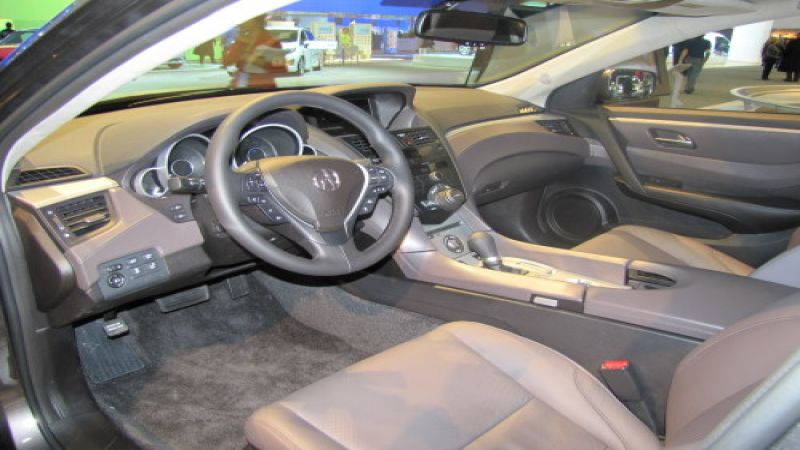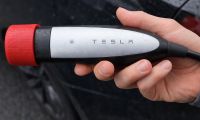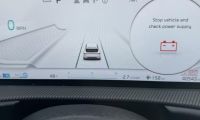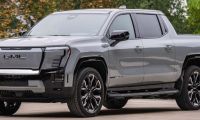So, when it comes to choosing insulation to quell a car’s bad acoustic performance, automotive engineers have to rely on suppliers, because they have the expertise in managing high-frequency noise. That is why 3M had to go even further by developing special versions of Thinsulate(TM) material for EVs and hybrids.
On the surface, it may seem so easy to make a car quiet; just add some shoddy foam material. Shoddy, for example, is often used in automotive, but only does the job up to a point.
Problem is twofold: the criteria for modern cars is to shed weight, not gain it; and some insulations do not cover the acoustic holes, nooks and crannies of the modern auto-body structure, let alone protect against high frequencies from electric motors.
According to an article at ev.sae.org/article/9160 , balancing the weight and performance of a car’s acoustic package, especially for an electric vehicle or any hybrid, requires even lighter-weighted materials, optimized to manage those higher range of frequencies.
According to the 3M solutions page of their website, 3M.com, 3M offers high-performance acoustic solutions that help reduce noise. And because noise reduction varies by application‚ 3M has a wide range of Thinsulate™ Acoustic Insulation. It is quiet‚ versatile‚ lightweight‚ hydrophobic and cost-effective.
In engineering terms, 3M has engineered select non-wovens, visco-elastic polymers and other materials to absorb sound, dampen vibration and control undesirable noise. In simple terms, automobiles with these materials have quieter passenger compartments.
Thinsulate™ Acoustic Insulation is also designed to suit a wide variety of auto applications, including vehicle door panels, headliners, wheel wells, pillars, and instrument panels.
How it works
Today’s design engineers recognize that sound waves propagate through open spaces, formed where the absorber doesn't fully fill the cavity. That is a major challenge as most absorbers do not always precisely fit the shape.
Since the ultimate goal of acoustic engineering is to improve sound absorption in those tight, irregularly-shaped areas, they need lightweight, cavity filling acoustic absorbers, like 3M’s material. Of course, it is based on proprietary technology. Their new absorber material, for example is lighter weight than many shoddies found in the automotive industry, even when equal thicknesses are compared.
The results for the auto industry is a win-win. Design engineers now have a new design option that is highly compressible, so it easily compresses and recovers to fill three-dimensional cavities or conform in irregular spaces. Fact is, any acoustic engineer will tell you that filled cavities reduce sound transfer and make a car more refined.











